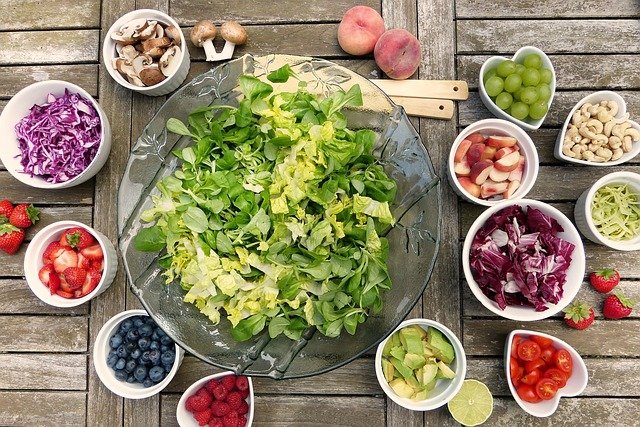
WFPB stands for Whole Food, Plant-Based. It is a niche diet that is more specific than a regular plant-based or vegan diet. In this article, we will briefly discuss what this diet consists of and how to get started on a WFPB diet regime.
What is a WFPB diet?
The main focal point of a WFPB way of eating is on maximizing the intake of unprocessed plant-based foods, most important fruits and vegetables. These form the base of many plant-based food pyramids. The rule of thumb is to have at least 50% of your plate filled with colorful fruit and veg.
The reason why fruit and vegetables are so important is that they contain a wide range of essential nutrients, minerals, vitamins, and more. For example, deep-colored fruits, like berries, contain antioxidants that appear to increase their life span. Other studies show that those who consume lots of fruits and vegetables have a lower risk of chronic diseases.
Next on the list are whole grains. These grains contain lots of proteins and fibers, which help keep you full and fulfilled. Whole grains form an essential part of a wholesome, complete diet.
The other food groups you need to pay attention to are beans and legumes, nuts and seeds, and herbs and spices. The latter can help make your meals even tastier.
How to get started on a WFPB diet?
Some people transition from a mostly animal-based diet to a WFPB diet in no time. From one day to the next they can make a smooth transition without any problem. But for most of us, a gradual transition is the better, more sustainable route.
Our number-1 tip is therefore to make a plan on how to get started and stick with it. By gradually eliminating foods that are non-WFPB, and adding WFPB foods, you will gradually, steadily, and consistently make progress. For example, you can decide to eliminate one non-WFPB per week and replace it with a WFPB food.
After a few months, you will have made a full transition to a WFPB diet. Are you ready to dive in?
Continue Reading: How to improve wellness







